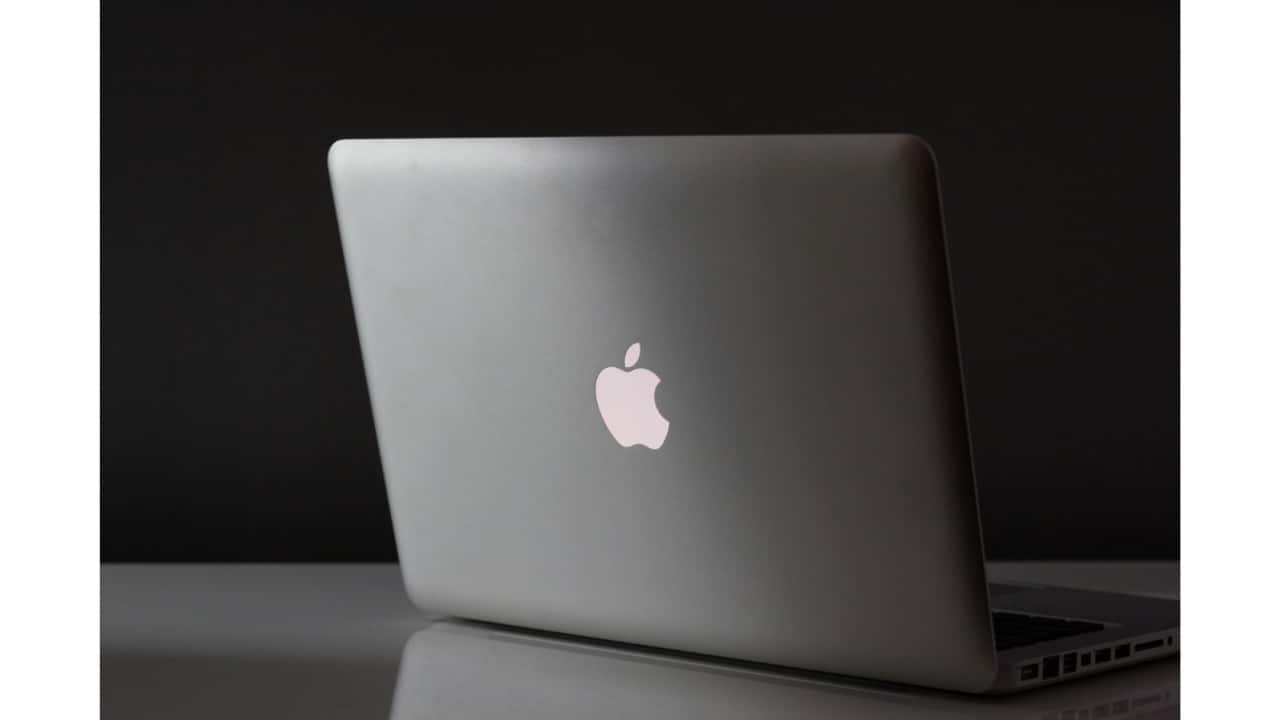MacBook tips: 5 things that can help you keep the desktop clutter-free
A cluttered desktop can slow down your Mac and make it difficult to locate files quickly. By following a few simple practices, you can keep your desktop clean, organized, and efficient for daily use. Here are five practical tips to help you maintain a clutter-free Mac desktop.
1/5

Use Stacks to auto-organize files
macOS includes a feature called Stacks that automatically groups similar files on your desktop, such as images, documents, and PDFs. To enable it, right-click on your desktop and select Use Stacks. macOS will instantly sort your files into neat categories, reducing visual clutter. You can also group files by tags, dates, or file types for better organization.
macOS includes a feature called Stacks that automatically groups similar files on your desktop, such as images, documents, and PDFs. To enable it, right-click on your desktop and select Use Stacks. macOS will instantly sort your files into neat categories, reducing visual clutter. You can also group files by tags, dates, or file types for better organization.
2/5

Create dedicated folders for projects
Instead of keeping every file on your desktop, create folders for ongoing projects. For instance, you might have one for “Work,” another for “Personal,” and one for “Downloads.” This simple step keeps related files together and prevents your desktop from becoming a dumping ground for everything.
Instead of keeping every file on your desktop, create folders for ongoing projects. For instance, you might have one for “Work,” another for “Personal,” and one for “Downloads.” This simple step keeps related files together and prevents your desktop from becoming a dumping ground for everything.
3/5

Use iCloud Drive for automatic syncing
Enable iCloud Drive to store and sync your desktop and documents folders across all Apple devices. This not only saves local space but also ensures your files are backed up and accessible anywhere. To turn it on, go to System Settings > Apple ID > iCloud > iCloud Drive, and enable Desktop & Documents Folders.
Enable iCloud Drive to store and sync your desktop and documents folders across all Apple devices. This not only saves local space but also ensures your files are backed up and accessible anywhere. To turn it on, go to System Settings > Apple ID > iCloud > iCloud Drive, and enable Desktop & Documents Folders.
4/5

Clean up weekly using Quick Actions
Set aside a few minutes each week to declutter. Use macOS Quick Actions like Rename, Compress, or Move to Folder directly from Finder. This habit prevents files from piling up and keeps your desktop manageable over time.
Set aside a few minutes each week to declutter. Use macOS Quick Actions like Rename, Compress, or Move to Folder directly from Finder. This habit prevents files from piling up and keeps your desktop manageable over time.
5/5

Minimize icons and use a neutral wallpaper
A clean desktop layout also improves focus. Hide hard drive icons via Finder > Settings > General, and choose a simple wallpaper to reduce visual distractions. A minimal aesthetic can make your Mac feel faster and more organized.
A clean desktop layout also improves focus. Hide hard drive icons via Finder > Settings > General, and choose a simple wallpaper to reduce visual distractions. A minimal aesthetic can make your Mac feel faster and more organized.
Discover the latest Business News, Budget 2025 News, Sensex, and Nifty updates. Obtain Personal Finance insights, tax queries, and expert opinions on Moneycontrol or download the Moneycontrol App to stay updated!






